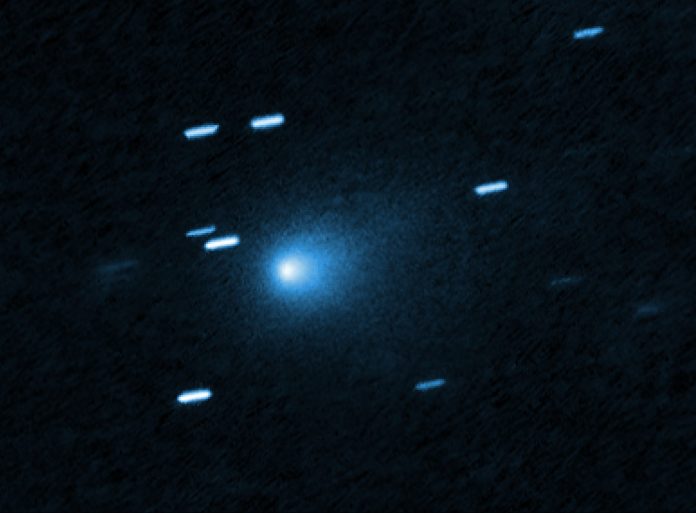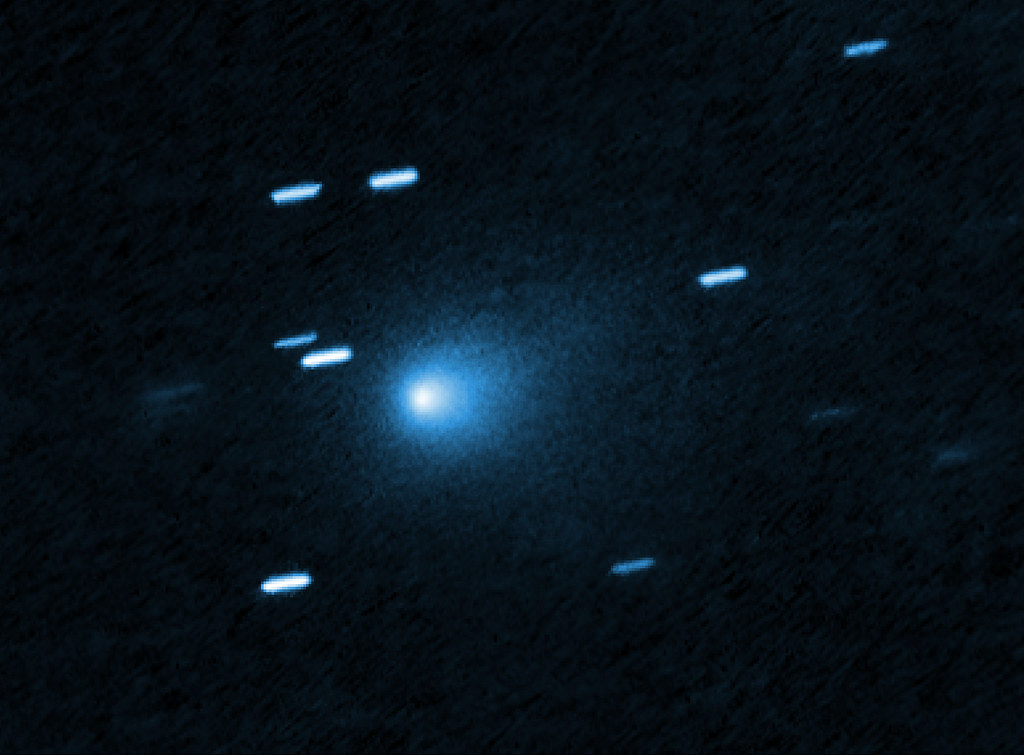
It began, as stories often do, with a faraway glimmer of light amidst the stars. On July 1, 2025, the Asteroid Terrestrial-impact Last Alert System (ATLAS) detected an object never before seen a stardust wanderer from beyond the Sun’s gravity, now properly dubbed as 3I/ATLAS. Within days, Hawaiian and Chilean observatories were tracking it, and an argument was renewed: was this merely a natural interstellar comet, or could it be something truly more strange that would involve even materialistically. a disguised alien probe?
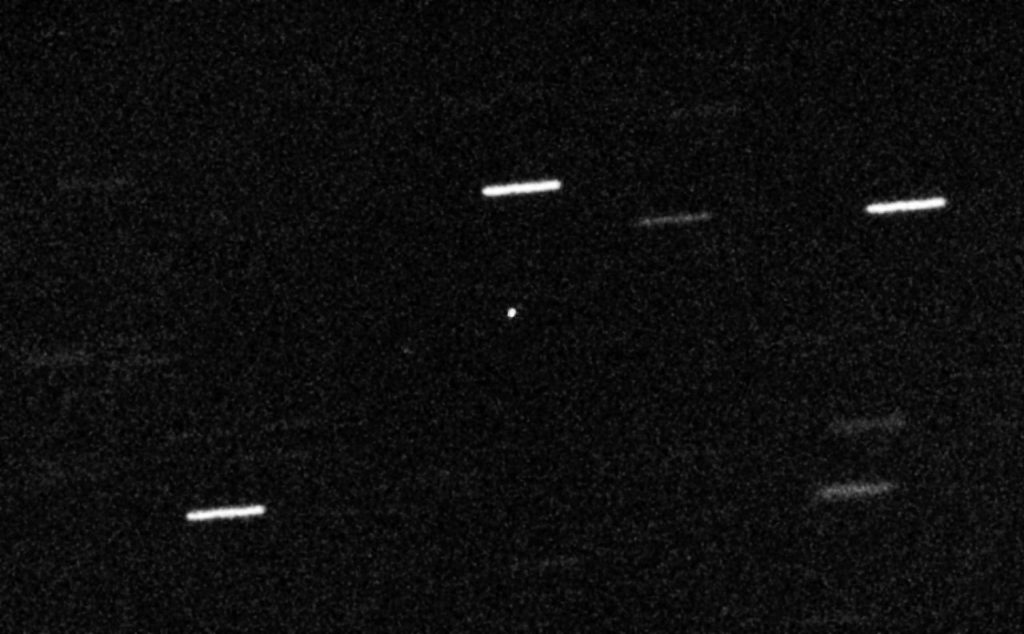
1. The Largest Interstellar Object Ever Seen
3I/ATLAS is breathtaking by scale. Its diameter was estimated to be as large as 20 kilometers early on, but more accurate Hubble Space Telescope observations estimate its icy core to be no bigger than 5.6 kilometers across. Even this reduced size makes it titans of past objects 1I/ʻOumuamua and 2I/Borisov by orders of magnitude. Traveling at 130,000 miles per hour, it razes through the Solar System on a hyperbolic trajectory, assuring it never to come back. Its back-and-forth orbit, which is tilted only five degrees from the plane of Earth’s orbit, is a configuration Harvard astrophysicist Avi Loeb puts at only a 2 percent probability of occurring by accident.
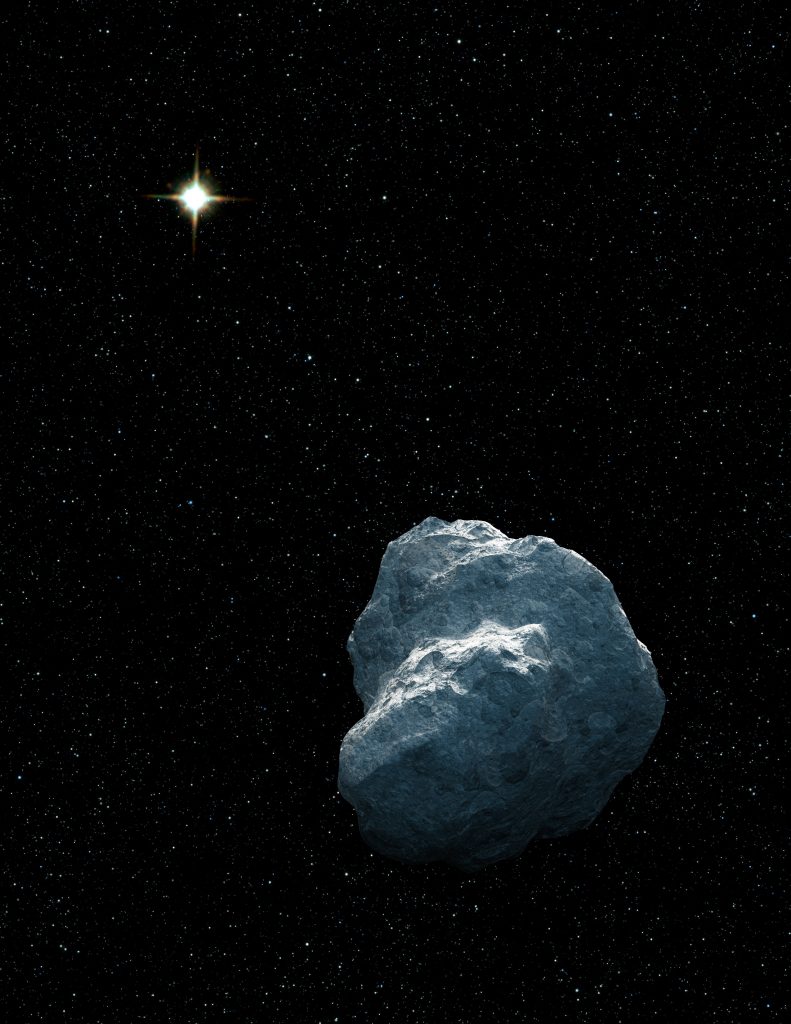
2. Anomalies That Defy Simple Categorization
The object’s brightness is above normal for an asteroid so compact, but spectroscopic measurements with the Very Large Telescope of ESO revealed no gas emissions typical of comets. It is, however, covered in dust, and sunlight reflected off of its face reddens to more like faraway Trans-Neptunian Objects than to classical comets. It takes it incredibly close to Venus, Mars, and Jupiter, a string of planetary flybys that, if followed up with a spacecraft, could make precision targeting of the worlds possible.
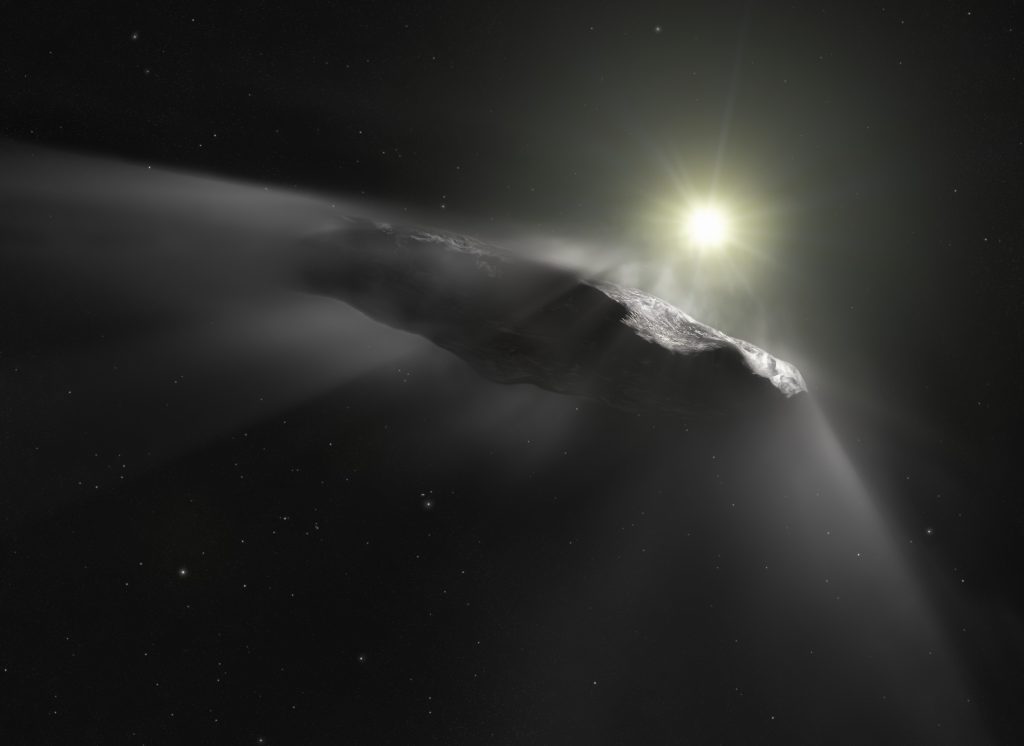
3. Whispers of ʻOumuamua’s Enigma
Scientific interest in 3I/ATLAS dates back to the discovery of ʻOumuamua in 2017, with its tapered shape, lack of cometary tail, and unexplained acceleration, prompting Loeb and co-author Shmuel Bialy to hypothesize it might be a solar sail an extremely thin, reflective membrane propelled by light, much like technology currently in development on Earth for interstellar probes. “ʻOumuamua may be an intact probe dispatched to the vicinity of Earth on purpose by some advanced extraterrestrial civilization,” they wrote at the time. While most astronomers prefer nature-based explanations, the absence of solid evidence left room for more flights of fancy.
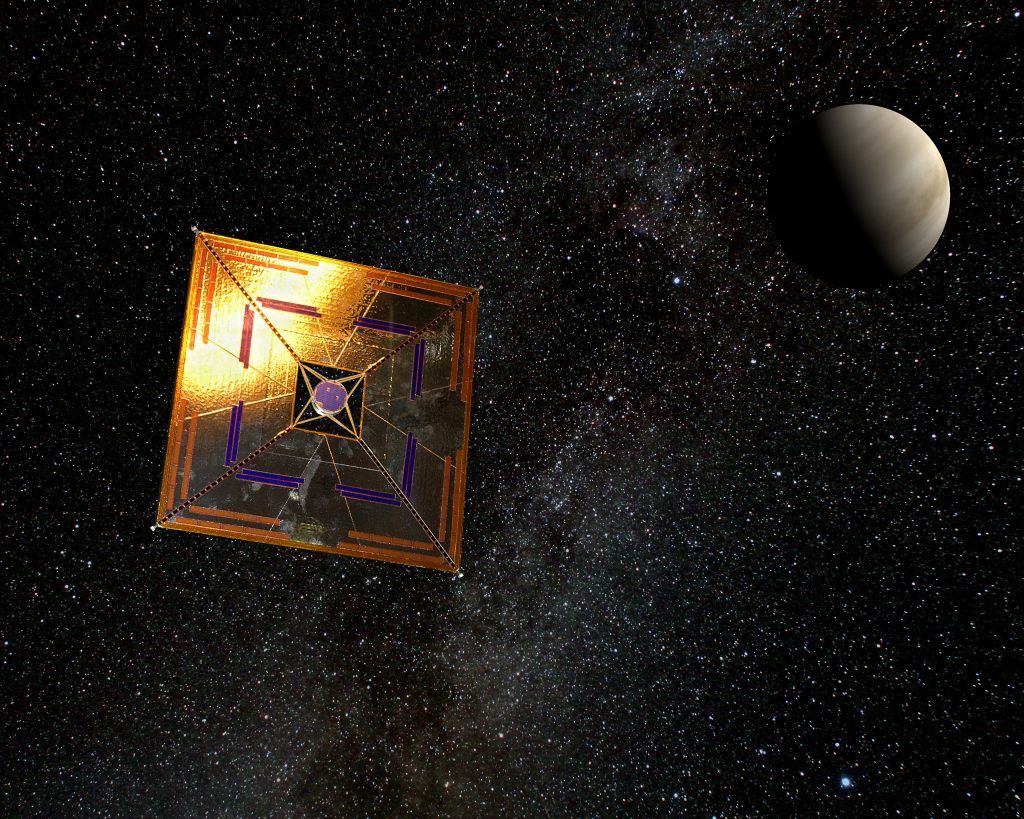
4. The Solar Sail Hypothesis and Its Engineering Origins
Solar sail propulsion is no longer science fiction. Japan’s IKAROS mission proved 7.5 micrometers of sail thickness in 2010, and Breakthrough Starshot, in which Loeb is deeply invested, is a proposal for wafer-sized spaceships to be accelerated to 20 percent of light speed by lasers on the ground.
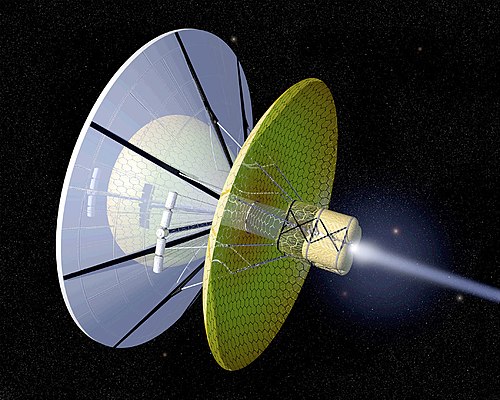
These sails would potentially travel interstellar distances without propellant. If an extraterrestrial civilization were to use such technology, its ship would come in the form of a natural part of a rock so that it would be invisible something Loeb connects with the “dark forest” theory, wherein civilizations keep hidden from potential threats.
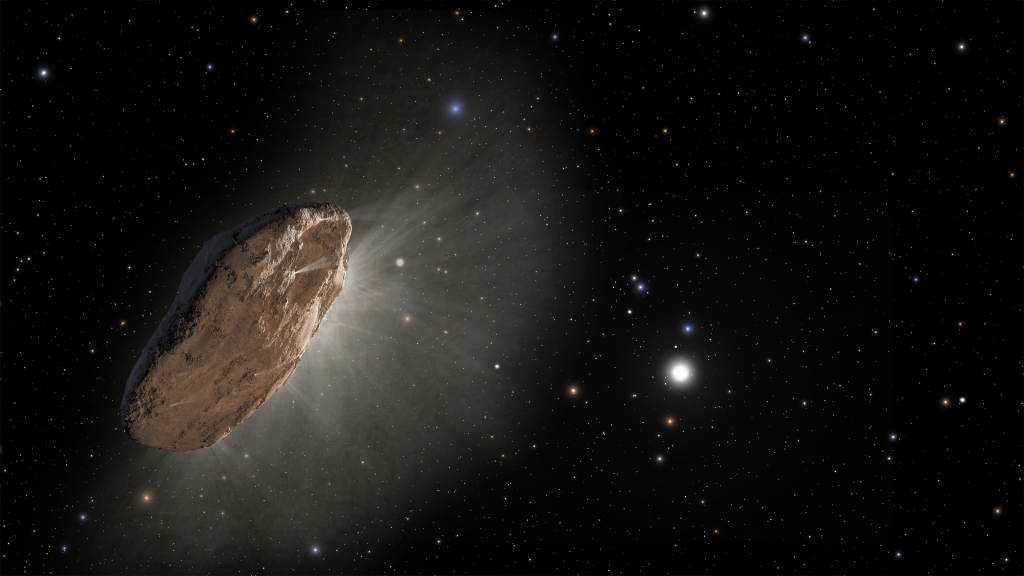
5. The Power of New Eyes on the Sky
The discovery of 3I/ATLAS was aided by ATLAS’s robotic network of telescopes worldwide, but its characterization has drawn on the full arsenal of modern astronomy. The Vera C. Rubin Observatory, already in operation in Chile, will see one or two interstellar objects per year, making rare anomalies a statistical population. Equipped with its 8.4-meter mirror and the world’s biggest digital camera, Rubin will look at objects much fainter than today’s surveys can reach, covering the whole visible sky every few nights. “We’re going to go from a study of two individual objects to a population study of at least dozens,” said astronomer Michele Bannister.
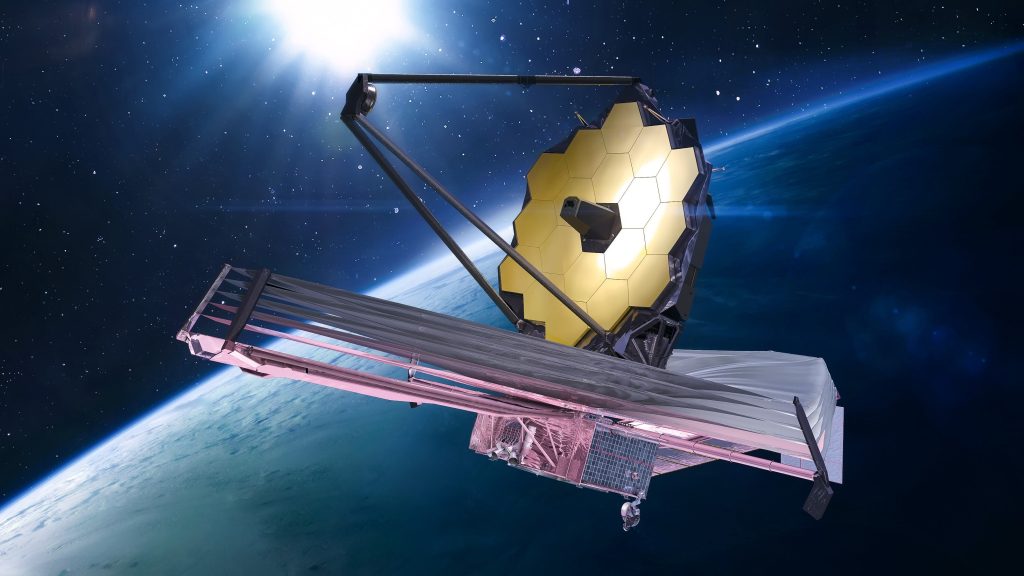
6. Coordinated Observations Across the Spectrum
Hubble’s high-resolution imaging has already limited the size of the nucleus and exposed a solar-heating-generated dust plume. The James Webb Space Telescope, TESS, and Neil Gehrels Swift Observatory are providing complementary composition and activity data. At the SETI Institute’s Allen Telescope Array, radio astronomers have amassed over 21 terabytes of data, monitoring for natural and narrowband technosignature emissions. UNISTELLAR amateur astronomers are tracking its brightness evolution, stacking tiny backyard telescope images in pursuit of its rapid motion.
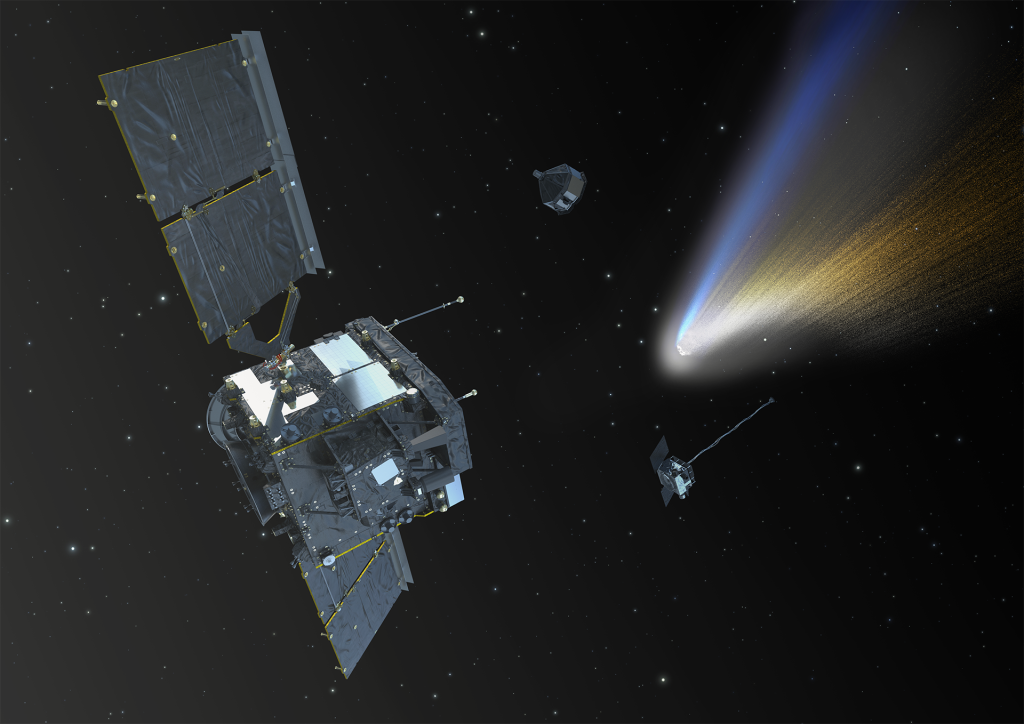
7. Missions to Catch Up to the Messengers
The Comet Interceptor of the European Space Agency, launching in 2029, will spend time at the Sun–Earth L2 point awaiting a good target ideally an intact comet from the Oort Cloud, but perhaps an interstellar traveler. Concepts like Project Lyra envision speedy pursuits to catch up with upcoming ʻOumuamua-types, using bleeding-edge propulsion to cover the gap before they vanish into the emptiness. These missions could, for the first time, harvest material from beyond our Solar System and perhaps settle disputes now reliant on distant, fleeting glimpses.
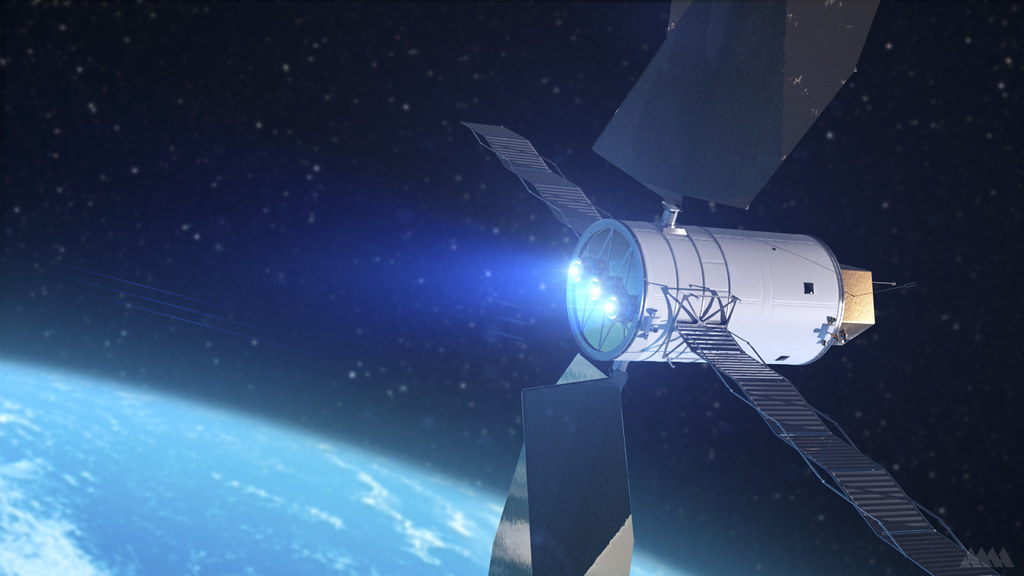
8. The Consequences of an Answer
If 3I/ATLAS or any similar one was indeed shown to be of alien origin, then the consequences would be staggering. It would show that technological civilizations exist elsewhere in the universe and have stretched across interstellar space. This finding could redefine priorities in space exploration, defense, and diplomacy, and could yield engineering lessons from materials or propulsion systems beyond current human capabilities. But as Carl Sagan’s maxim has it, “extraordinary claims require extraordinary evidence.” For now, 3I/ATLAS is a tantalizing enigma an object from a star system far, far away whose nature we may perhaps forever be unsure of.
